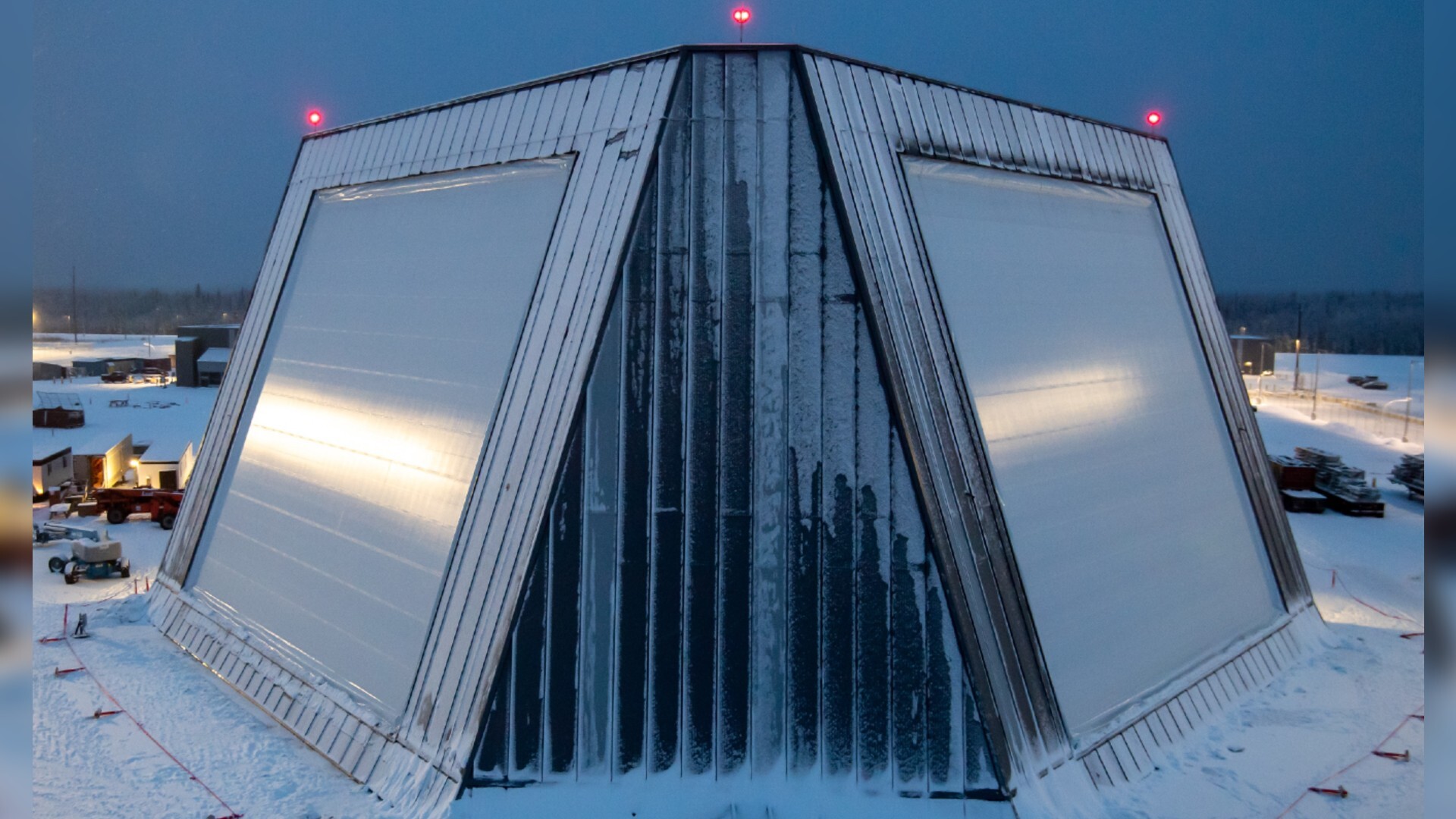Field Reports: Diving for Life in Canadian Lake
Ateam of scientists and astronauts have ventured to Canada's Pavilion Lake to studythe lake's odd bacterial life and practice techniques that may one day be usedto seek out life on other worlds. Here, Astrobiology Magazine's Henry Bortmansends a field report from the project:
June29, 2010
Iarrived at PavilionLake late yesterday afternoon. The first thing I need to say is that it'sincredibly beautiful here.
Andit's actually quite peaceful despite the presence of a bustling swarm of some50 scientists, engineers, astronauts and graduate students, submarines, scubaequipment, laptops, still and video camera equipment, hard drives, power cords,power generators, and a temporary wireless Internet that makes this normallyisolated location as connected as a caf? in Manhattan. Yesterday at dusk Iwatched a mother duck nonchalantly herd her brood of ducklings past thelakeside home that serves as PLRP's main gathering place.
Oneof PLRP's main activities is the exploration of the lake with a pair of DeepWorkerone-person submarines. This is the third year the Deepworkers have been atthe lake. On a typical day, two DeepWorker "flights" take place, bothsubs going out each time.
PavilionLake's microbialites — carbonate structures that are thought to be created bymicrobes — come in many sizes and shapes. Last year, the main goal of the DeepWorkerflights was to map the entire lakebed, to develop an overview of howdifferent types of microbialites are distributed throughout the lake. This yearthe missions will focus on specific areas in more detail.
Thelake has three basins: north, central and south. This morning I went out with amission that scanned the shorelines of the north basin. Most of the work in thepast has focused on the south and central basins, which have more microbialites.Today's missions were designed to fill in some gaps that remain from last year'scomprehensive mapping.
Breaking space news, the latest updates on rocket launches, skywatching events and more!
FirstI hung out on the large metal-framed structure known as the "barge."This is where the subs are stowed when not in use. When it comes time to deploythem, a small motorboat lashed behind the barge pushes it into place on thelake. I watched the pilots for the morning flight, Allyson Brady, the actingPLRP principal investigator, and Bernard Laval, one of the longtime leaders ofthe research at the lake, go through their pre-flight checklist and then belowered into the water and disappear beneath the surface.
ThenI transferred to one of the "nav boats," also known as "chaserboats." There are two of these; each one motors around on the surfacefollowing one of the subs as it flies around below. The nav boats don't justfollow the subs, though: they're actually responsible for telling the subswhere to go. I was on the nav boat following Bernard.
Thepilots follow flight plans developed in advance. To a large extent, they'refree to explore the target area as they see fit, but they're also required tohit preset waypoints, and it's the job of the team on the nav boat to make surethey don't go off-course.
Ithought, with all the technology around, why can't the sub figure out where itis without help from the surface? Not so easy, apparently. GPS signals don'ttravel well through water. So on each nav boat is a computer running customizedsoftware that combines data from GPS and from the sub to calculate and display thesub's location. The software, called WinFrog, commercial navigationsoftware used by Nuytco, the company that built and deploys the DeepWorkers. It'sthe navigator's job to constantly monitor the WinFrog display of the sub'sposition.
Ifthe navigator sees the pilot go off-course, he tells the CapCom, a secondperson onboard the nav boat, who communicates to the sub pilot over an acousticlink that can travel through the water. It's like a complicated game oftelephone.
Inaddition, if the pilot comes across anything interesting during a dive, he orshe communicates that to a third person onboard the nav boat, the sciencestenographer, who's running a souped-up version of Google Earth. Whenever thepilot describes something to the CapCom, the science stenographer clicks on amap of the lake, and writes down what the pilot says so the information can bereviewed at another time. More on this later.
Henry Bortman was the managing editor of Astrobiology Magazine, a NASA-sponsored website. He began his career in journalism at the Berkeley Tribe in the early 1970s and wrote for MacUser magazine until it merged with Macworld in 1997 before transitioning to science writing. He is also an avid outdoorsman, enjoying hiking, backpacking, rafting and kayaking.
